How Learning a Language Can Enhance Your Travel Experience
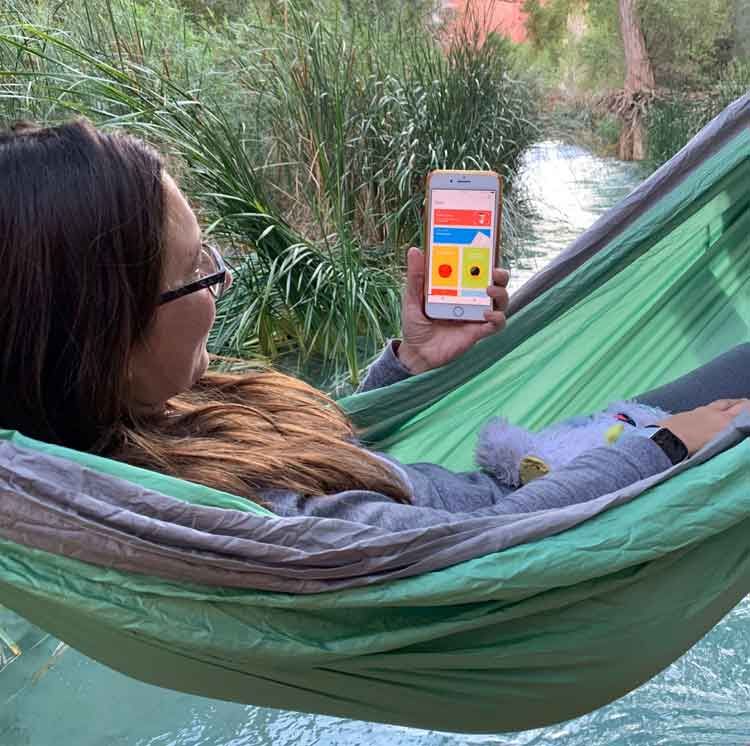
This post is sponsored by Rosetta Stone but the content and opinions expressed here are my own.
I’ve said many times that it’s the people that make a place and I’ve had many instances abroad where I wish I could’ve communicated better. I did a homestay with a native villager in Taiwan who spoke absolutely no English and it was such a pity because you could just tell by the lines in her face the wisdom she could’ve imparted. I lived with a family in Israel and it was the same story, I wish I could’ve chatted with them over the dinner table or at the very least be able to fully express my gratitude for their hospitality.
The last foreign country I was in was Nicaragua. I could get by with my high school Spanish, but not enough to truly connect or converse with locals. I gave a little girl my headband and her face lit up. That smile was worth a thousand words, but I wish I could’ve understood her sweet words beyond “bonita” and “gracias.”
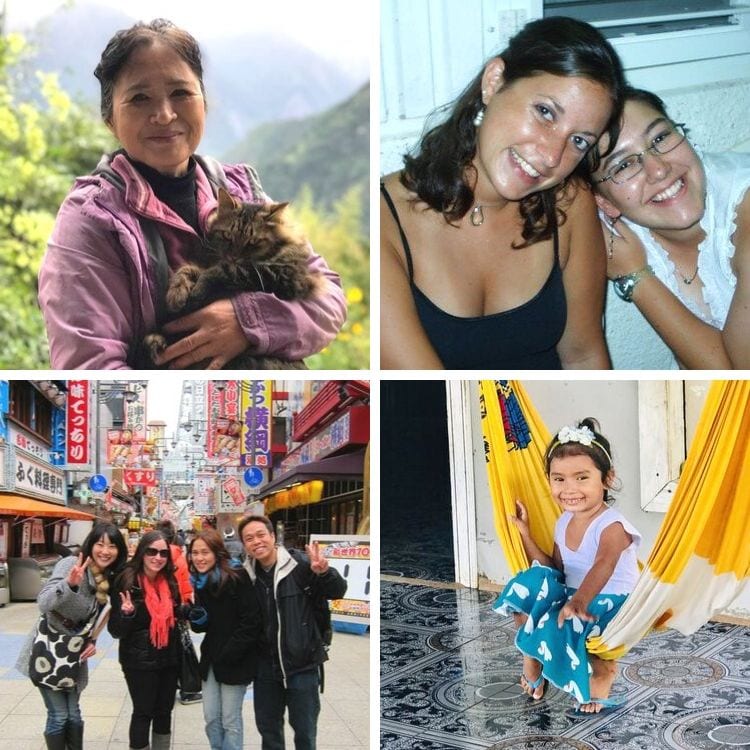
As much as I’m able to rely on non-verbal communication in instances like that – along with basic pointing and motioning (my brother is deaf so I do speak fluent sign language) – it’s so much nicer to be able to speak the native language. Not only does it make the locals feel like you’re making an effort to really immerse yourself in their culture, but it puts them at ease instead of presuming everyone knows English.
I took Spanish through high school and understand a lot of it still – at least enough to find a bathroom and order a burger and cerveza, but that’s pretty surface level interactions or enough to get by. Conversationally, my accent leaves little to be desired and trying to comprehend fast local slang, forget about it.
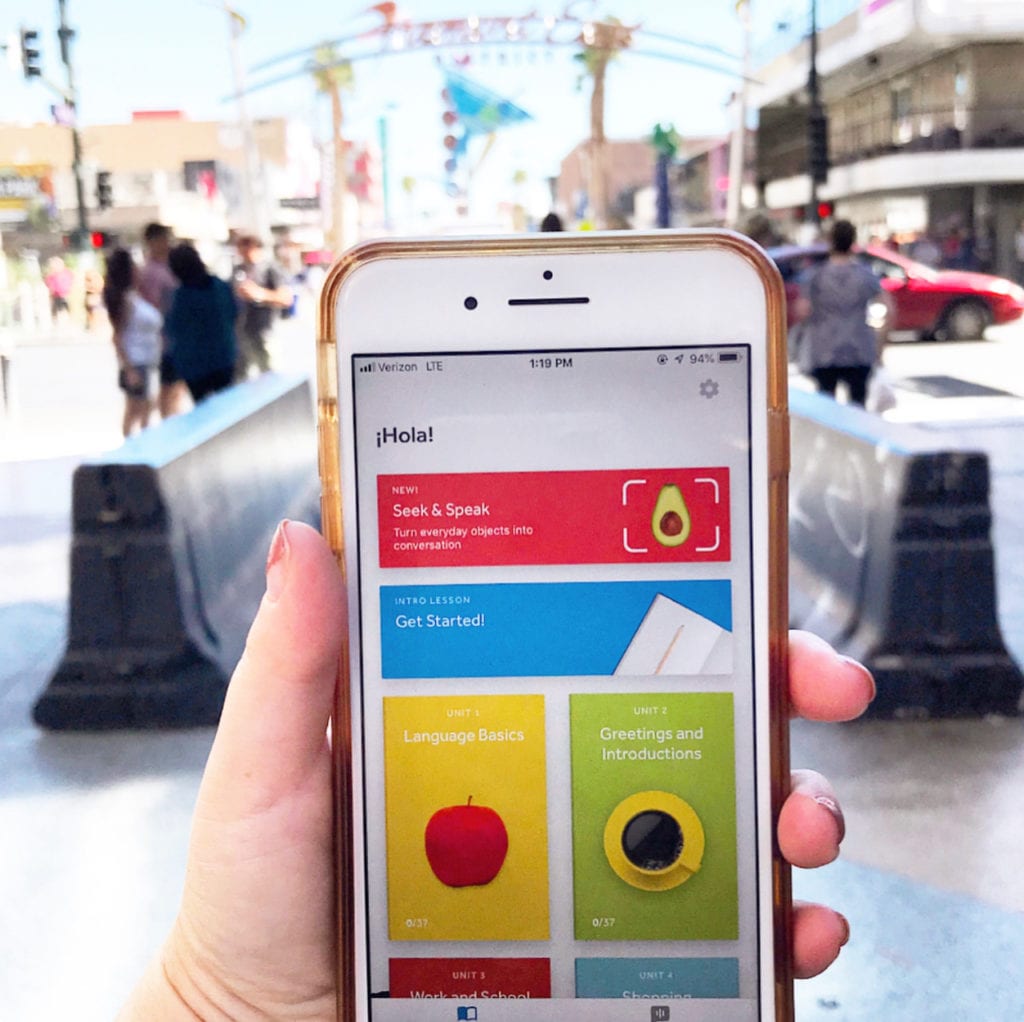
Every time I come back from a Spanish speaking country, I vow I’m going to relearn it in time for the next trip, but without a pressing day to day need, extra work generally falls to the wayside when life gets in the way. As a birthday present to myself, I finally decided to give myself the gift of time by subscribing to a Rosetta Stone® course to improve my “mas o menos” language skills. While you can’t learn every tongue overnight (despite my best efforts to be a jack of all trades, master of none), at least I was making the commitment to get started.
I chose (Latin) Spanish because it’s the fastest-growing language in the world and if you know the basics, you can likely get by with the other romance languages. I travel to South and Central America fairly frequently so it seemed like it would be the most beneficial. Plus, I already had a basic knowledge base, I just wanted a refresher course. It would be like riding a bike, right?
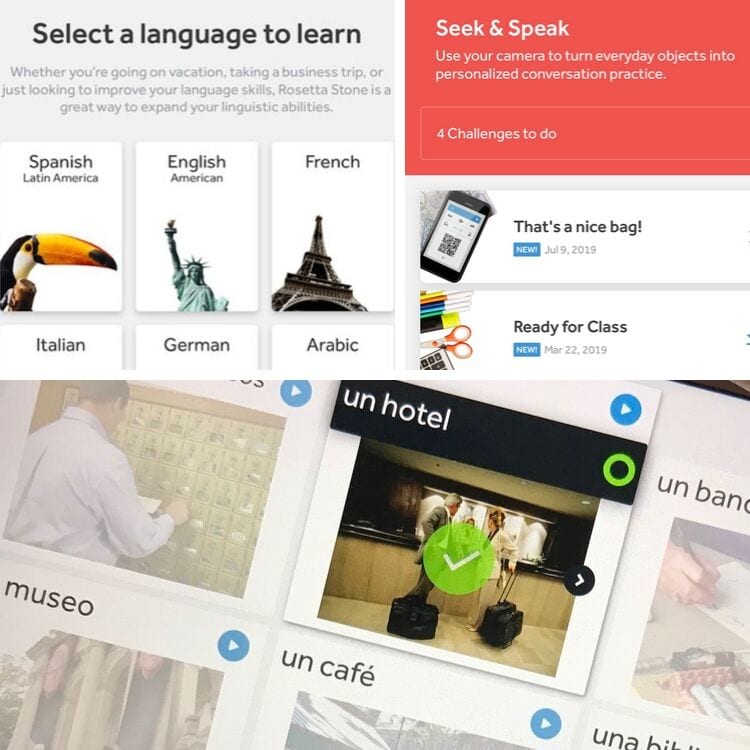
Rosetta Stone® is perfect for that type of thing. Available in monthly subscriptions of 3, 6, 12, or 24 months, their patented TruAccent speech-recognition fine-tunes your pronunciation along with Phrasebooks full of real-world sayings, which are much more useful in daily dialogue than textbook verb conjugations and obscure vocabulary lessons. There’s a really cool functionality in the app, Seek and Speak, that allows you to scan and translate objects around you with your smartphone to learn how to say things you actually use in your day to day life, which turns learning into a fun scavenger hunt you can do whenever you’re bored at the airport or lazing around your house. Now, I can’t wait for my next viaje.
Want to learn a language, too? Sign up for a Rosetta Stone® subscription on the app – there’s a free trial just for checking it out!



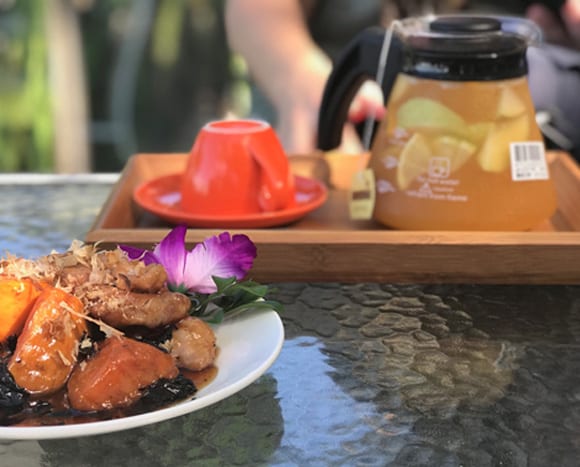
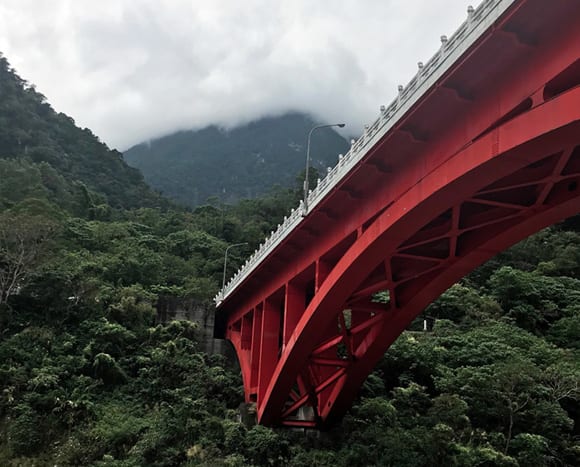
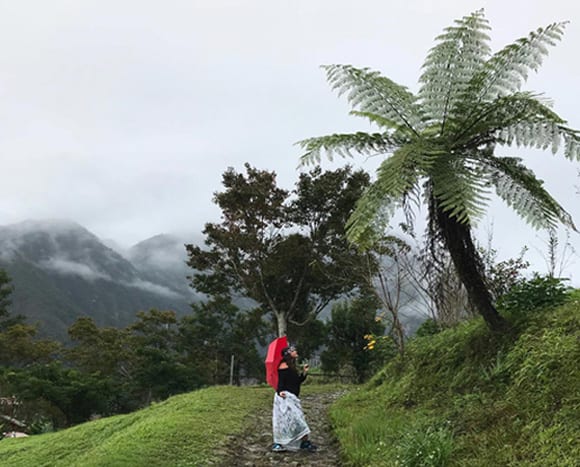
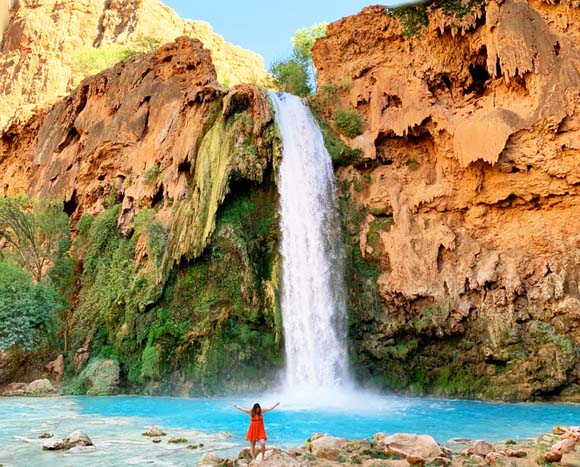




Leave a Reply
Want to join the discussion?Feel free to contribute!